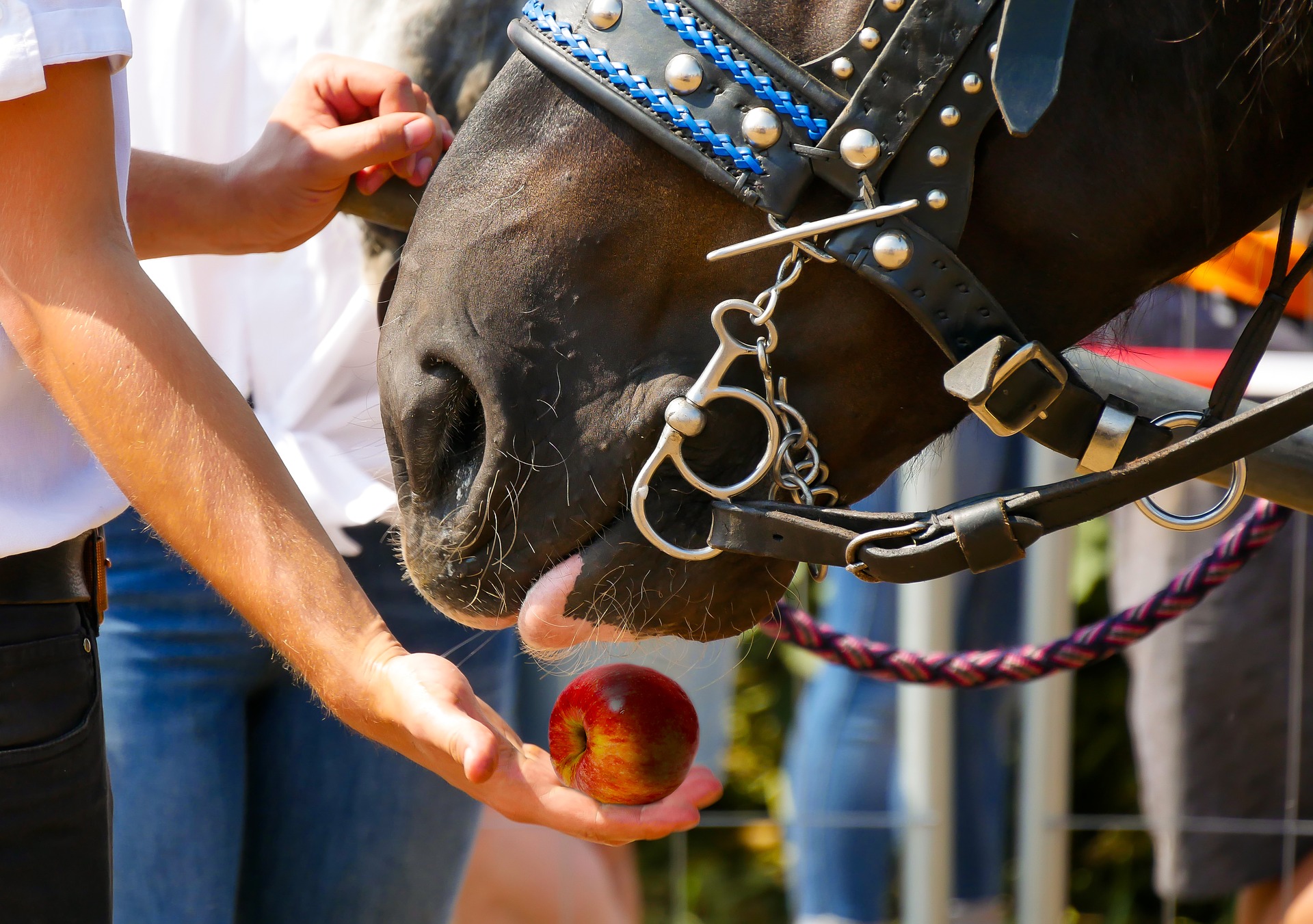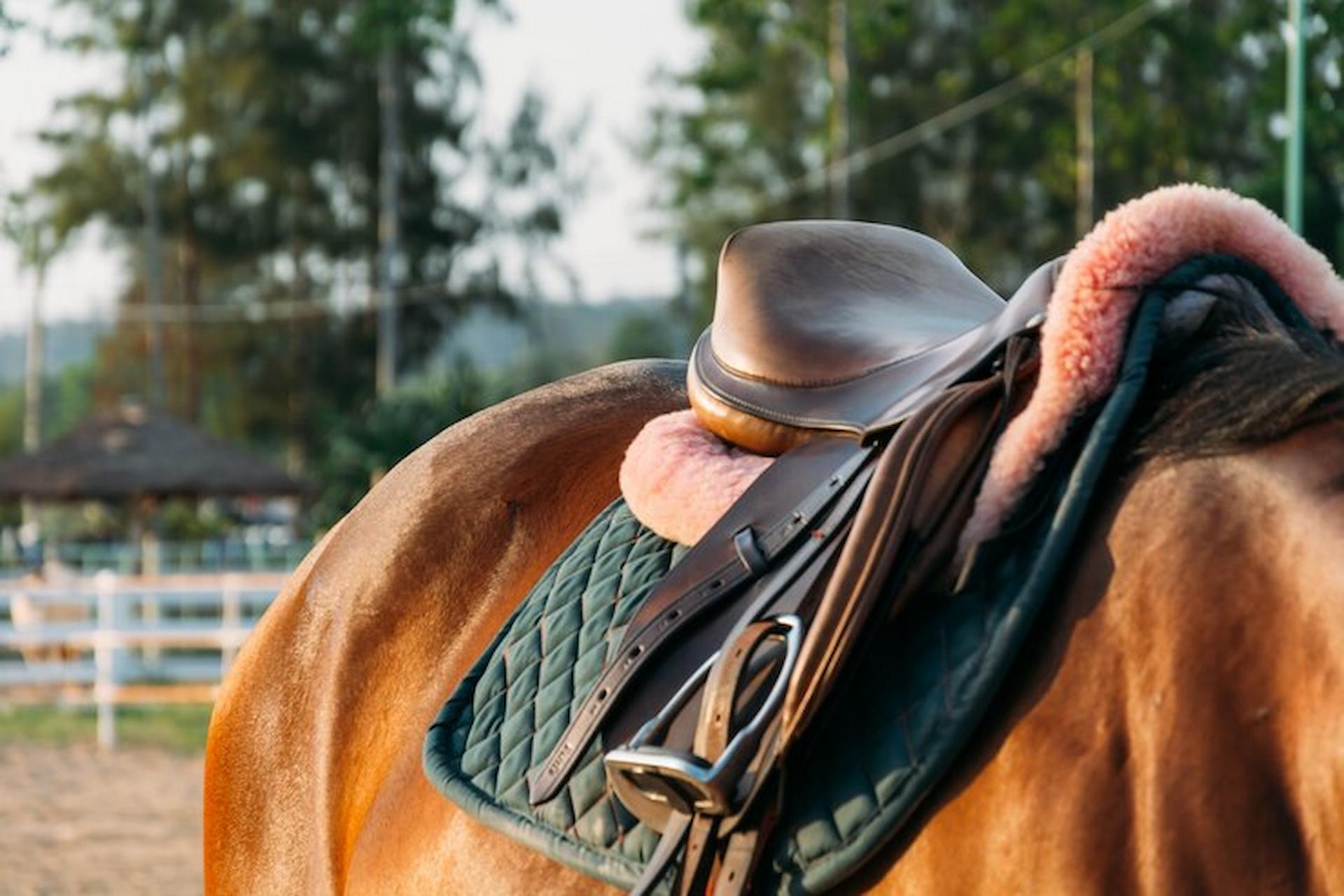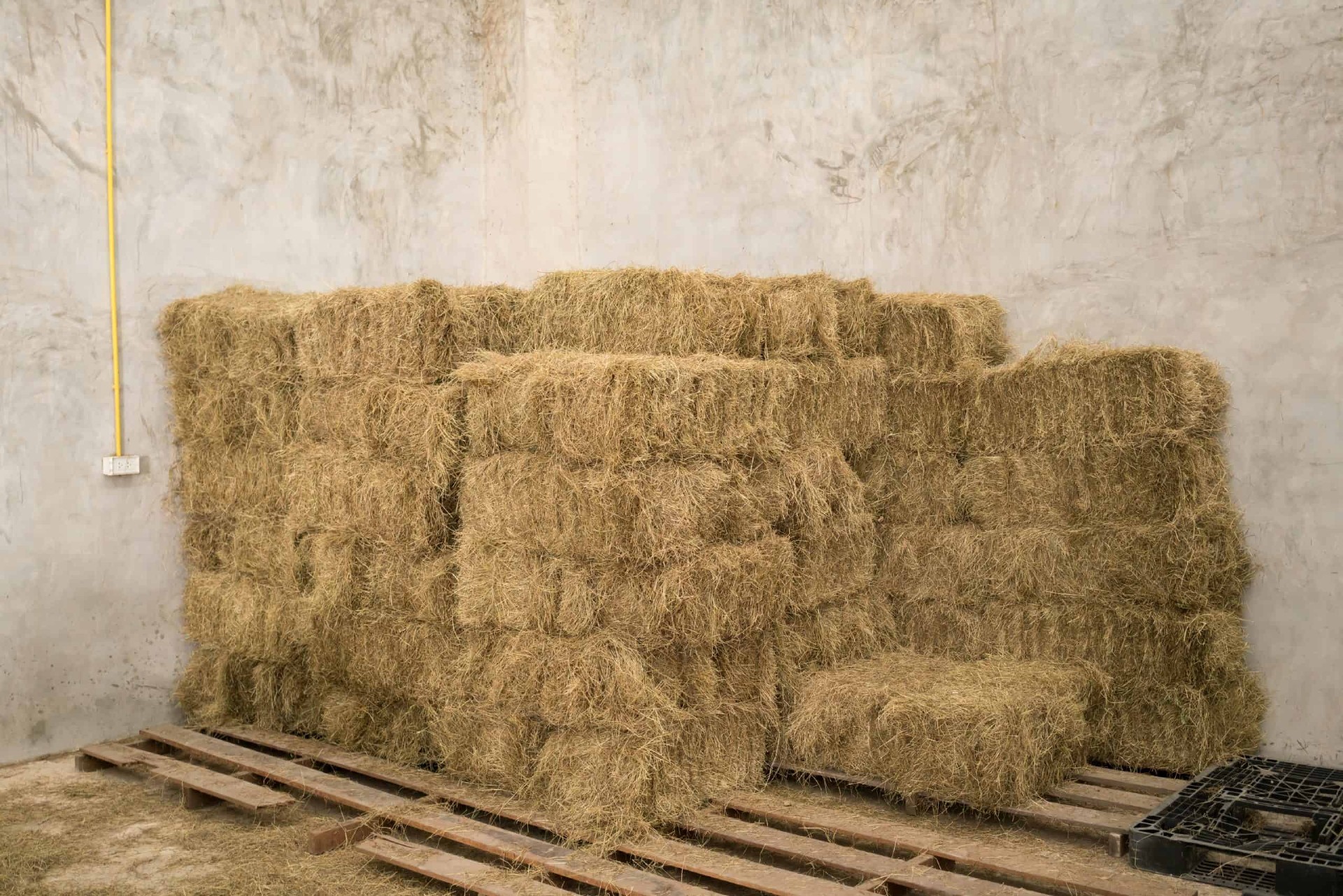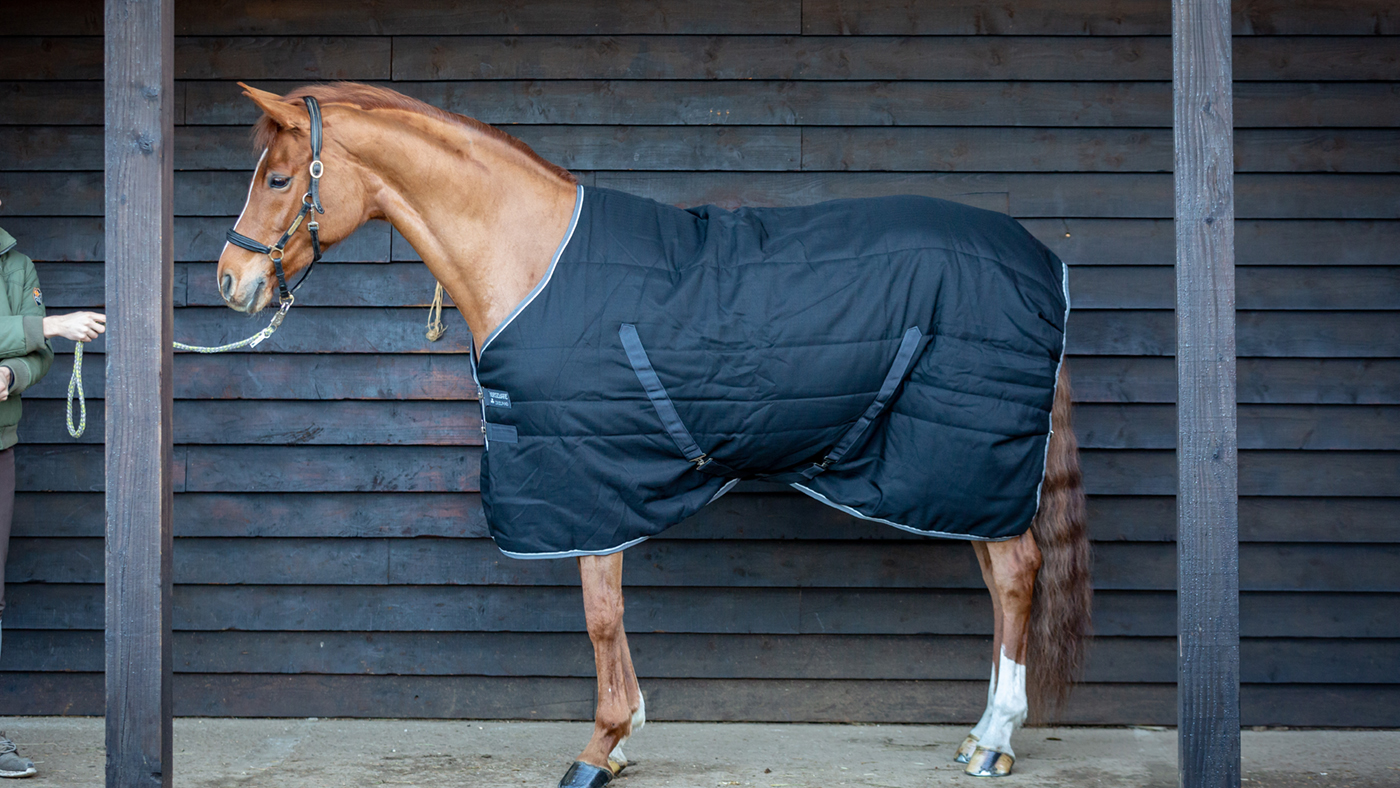Today, there is so much coverage in the equine media surrounding the negative impacts of sugar on the horse that it’s no wonder horse owners are worried about it. Yet not all the information is correct and is very often taken out of context so that it presents a very different picture to reality.
Horse owners’ biggest concerns are either that sugar will give their horses too much energy or that it will cause laminitis. Fortunately, we have compiled a short guide to help you differentiate between fact and fiction and help you ensure that your horse is getting all the nutrients and energy required in their diet.
Sugar In The Horse’s Diet
Sugars can be categorised by the number of ‘units’ they contain; for example monosaccharides, disaccharides and oligosaccharides. Otherwise known as ‘simple sugars’, monosaccharides only consist of one unit and include fructose, glucose and galactose. Disaccharides consist of two units and include including lactose in milk and sucrose which combines fructose and glucose and is found in plants.
Sugar can also be stored in plants. Glucose is stored as starch in cereals as grains for example and also oligosaccharides – oligo literally means “a few units” that are found in forages and vegetables.
Many horse owners believe that sugar is bad, however with horses being herbivores and grass being their natural source of food, they have evolved with a diet containing more sugar than fat for example. The largest source of sugar is forage, even for those that don’t have access to grazing, as grass based forages can be anywhere between 10 and 15% simple sugars. Typically, fibre and compound feeds contain 2.5-7% of sugar.
Feeding Molasses
It’s thought by many that molasses is bad for horses and many horse owners tend to try and avoid feeding any feed containing it to their horse. However, molasses contain around 30-54% sugar but when it is added to feeds at around 10-15%, it only contributes around 2-4% sugar to the horse feed. For ponies or horses prone to conditions, including laminitis, it’s not the inclusion of individual ingredients such as molasses in the diet, but the total amount of sugar that is important. Feeds that contain molasses can be safely incorporated into the horse’s diet providing that they are low in sugar and starch. There are many feed companies that offer molasses-free alternatives for horse owners that still want to avoid molasses completely.
Uncertainties About Sugar In The Horse’s Diet
- Is Sugar Unnatural Or Unhealthy For Horses?
Like other nutrients, sugar plays an essential role in horse’s diets, as they have evolved to eat grass, which produces sucrose as its main fuel source. This means that they are well adapted to utilising and digesting sugar and thus in exercised and healthy horses with an ideal body condition, sugar shouldn’t cause a problem for them. Undoubtedly, there are some horses and ponies that require a low sugar diet, especially those prone to laminitis.
- Are Some Horses Allergic To Sugar?
No, this is fiction! The primary energy source used by the body cells is glucose, including the brain, so it is impossible for a horse to be allergic to sugar. If the horse is on a diet that contains low levels of sugar, then they will convert other nutrients to meet the demand for glucose.
- Do High Levels Of Sugar Result In Excitability?
It can do. Sugar provides a quick release source of energy and a surge in blood sugar mainly caused by feeding high levels of cereal starch to your horse can be enough to result in a behavioural change. Turning your horse out on rich grass can also put a spring in their step, as grass can contain up to 50% WSC.
Hopefully this guide has helped to clear up the difference between the facts and fiction of sugar, and assure you that not all sugar is bad for horses. If you would like to find out more about sugar in your horse’s diet, speak to an equine nutritionist.



